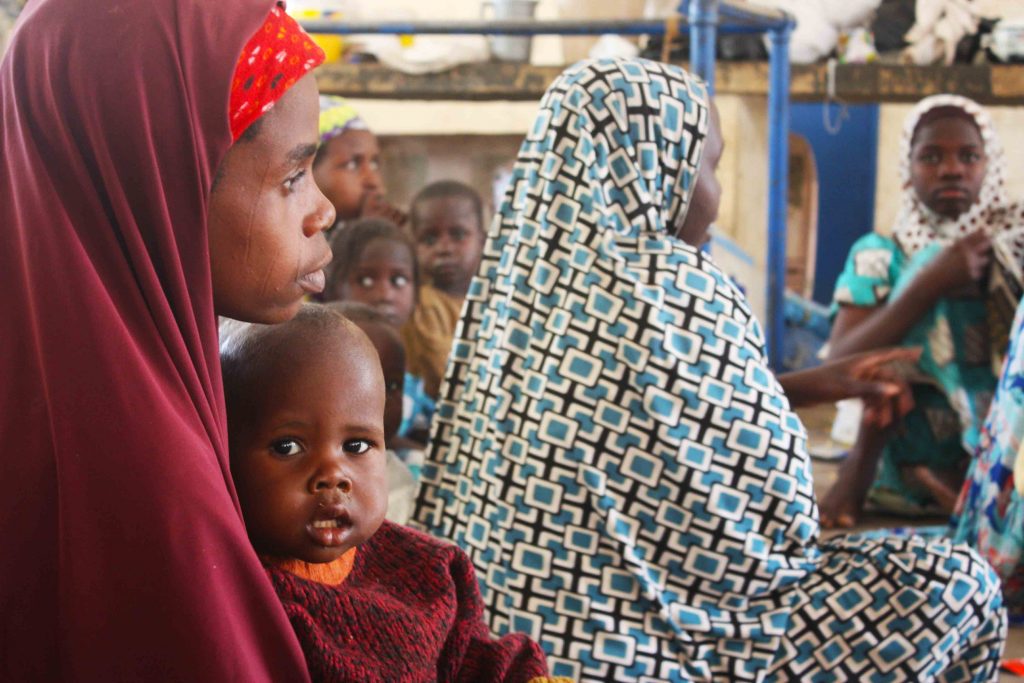In Nigeria, Boko Haram militants recently abducted and killed two aid workers. In the Democratic Republic of Congo, civilians threw stones at Ebola health workers, a day after rebels shot and killed two medics with the Congolese army.
London-based research group Humanitarian Outcomes says 139 humanitarian aid workers were killed worldwide in 2017, with another 102 wounded and 72 kidnapped. Data show the bulk of attacks against relief workers took place in South Sudan, Syria, Afghanistan and the Central African Republic.

At least 83 more aid workers have been killed this year. The findings were issued in the Aid Worker Security Database, a project of Humanitarian Outcomes.
The group says the kidnapping of aid workers by armed groups is becoming increasingly common.
Abby Stoddard, a partner with the group, says the trend was first noted a few years ago in Taliban attacks in Afghanistan. Militants would detain and interrogate aid workers but release them a few days later after negotiations with local authorities.
“It has a lot to do with showing they are the boss in that area by intimidating aid groups, including local and national organizations who do a lot of the aid work,” Stoddard told VOA.
Armed groups also may consider relief aid as spoils to be plundered, goods to be sold, or a means to exert control over the population, Stoddard says.
She says payoffs in the form of small bribes or informal “taxes” to local powerholders are common but never publicly discussed among aid organizations.
Elsewhere, attacks by armed groups on civilians in the Democratic Republic of Congo have led the U.S. Centers for Disease Control and Prevention to withdraw personnel — including health workers — from North Kivu province, a center of the Ebola outbreak that since August has killed at least 170 people as of Oct. 26.
In internationalized conflicts, such as in Afghanistan and Syria, Western aid workers have become targets, kidnapped by militants angling for a hefty ransom or killed in an attempt to “send a message to the West,” Stoddard said.
In contrast to these conflicts, a spike in kidnappings in South Sudan has focused on those employed by national rather than international nongovernmental organizations. Armed groups kidnapped 26 local staff last year, and another 17 this year.
“It’s much more of a localized phenomenon with national staff, it’s about the delivery of aid and it’s more often a crime of opportunity,” Stoddard said. “We hope it will not turn into a cottage industry for collecting ransoms the way it could in other places.”
More careful aid delivery
In response to the threats, humanitarian groups have tightened their security measures by keeping a low profile. Today, they are more likely to transport goods in unmarked vehicles, convoys or local taxis, avoid road travel at night, work in gated compounds, maintain regular radio communications and monitor security reports.
Some humanitarian groups say one difficulty in protecting aid workers — and aid relief — is the complexity of identifying and negotiating with the leaders of armed groups. A recent study by the International Committee of the Red Cross notes more than 40 percent of conflicts worldwide involved between three and 10 parties.
Many of the groups are decentralized, with little training in doctrine and discipline in treating civilians or adherence to international humanitarian law. In response, the ICRC has created a template for relief agencies to help identify leaders with whom they can negotiate access to conflict areas.
Common ground
The ICRC seeks to find common ground between human rights law and local traditions that influence armed groups. For example, the ICRC study found that two jihadi groups in Mali, Ansar Dine and MUJAO, are influenced by Islamic law and local Sharia courts.
Brian McQuinn, an adviser for the unit that’s responsible for global affairs and non-state armed groups for the ICRC, says Islamic law has its own rules on behavior during conflict, including the treatment of prisoners.
“It has dictates that are quite similar to international humanitarian law,” he said. “No torture, being treated in a humane way, all of the things that one would expect. And so, this often can be a source of dialogue and a source of action on some of these subjects,” including the protection of aid delivery, relief workers and hospitals.
In another example, Fiona Terry, the head of the ICRC’s Center for Operational Research and Experience in Geneva, says in South Sudan the behavior of some ethnic groups during war, including the Nuer, are influenced by prophets and spirits.
“In the Nuer tribe,” she said, “the Nuer spirit is the bad blood and if you commit atrocities you are pretty much damned, but you could perhaps have had in the past prophets reinstating the good blood … but it seems that for many of these fighters, it’s gone too far almost and they have abandoned the idea that they are redeemable and, therefore, the violence has spiraled.”
Terry says it’s not clear if this or other customs can be revived in an effort to encourage restraint.
The ICRC is pilot testing the new approach to identifying and working with armed group leaders in South Sudan, and plans to expand it to other areas.

